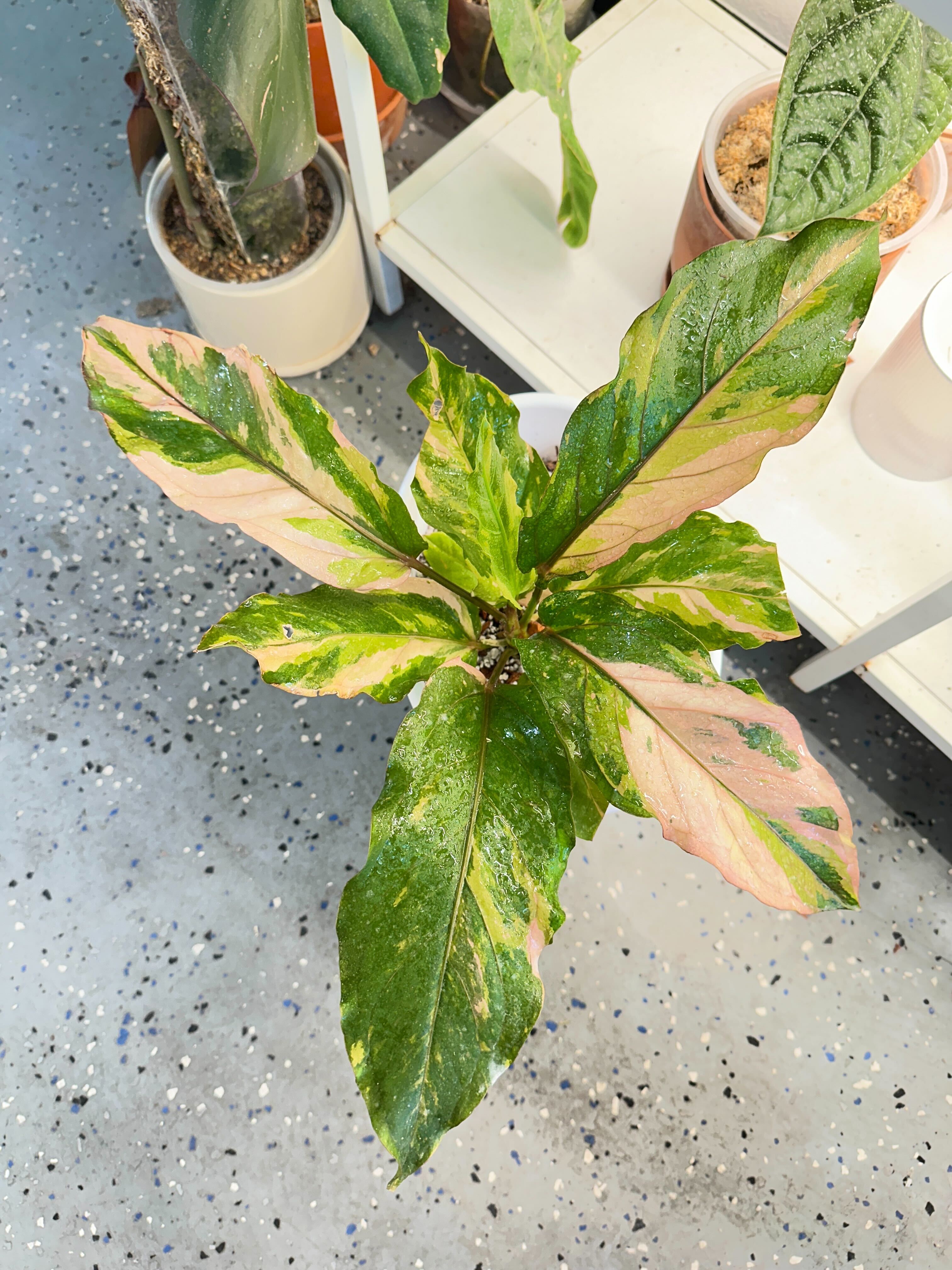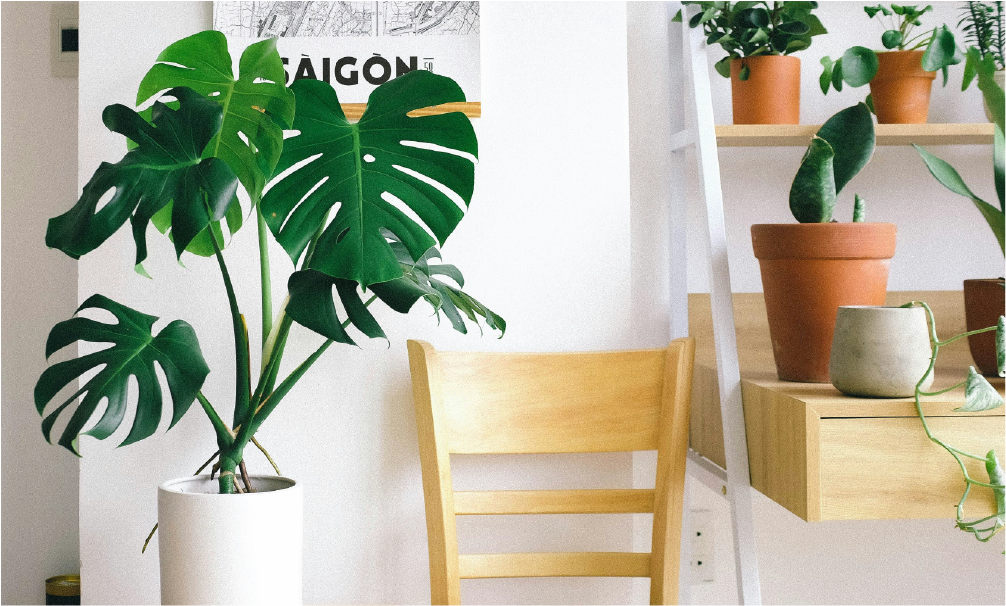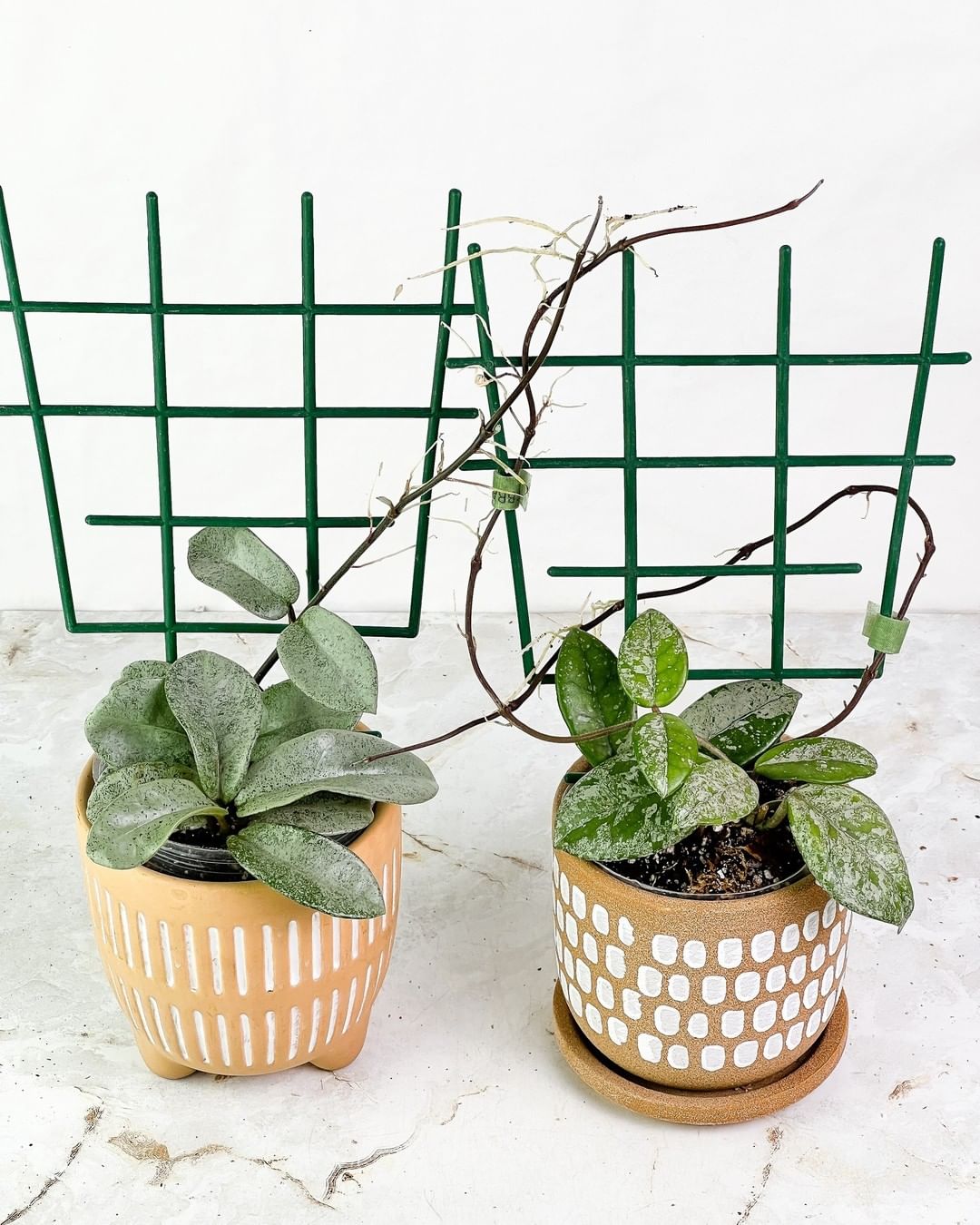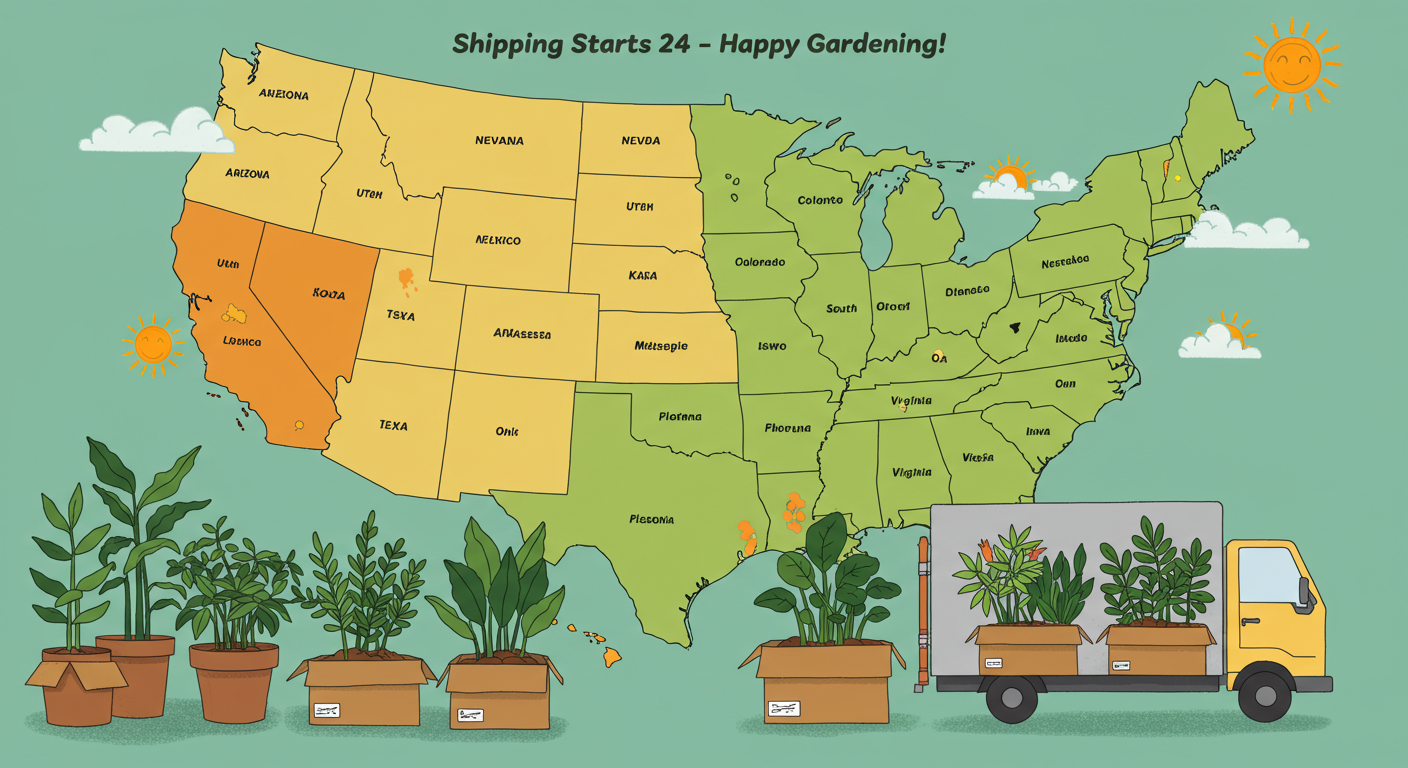Solve your most common plant issues!


When it comes to plant growth patterns, I usually heard three main complaints. It’s either, “leggy growth,” “growing no more than 3 leaves,” or "stop growing." If those are your concerns, keep reading.
A. Leggy plants:
most of the time, the plants are leggy because they are reaching for the light. The solution is very simple, give them more light. With enough light, the internode will get shorter.
For genetically leggy plants, you can cut the top node. This will encourage the hibernated nodes below to sprouts. As the result, you will have bushier plants
B. plants that grow no more than 3 leaves. This will apply to alocasia and lococasia. Two words: Fertilizer and light.
Most of us provide alocasias the same lighting condition as philodendrons. However, alocasia needs much more light than that. I always say, treat your alocasias like hoyas in terms of light. The plants will grow more fully and compact.
The main reason for the death of old leaves when new leaves emerge is fertilizing. When plants are sufficient in nutrients, they will sacrifice the old leaves to reserve energy for new growths. This is especially more dramatic in alocasia case. Add a fertilizing routine to your plant care and your plants will be much happier.
C. Plants grow at turtle rate: First you need to check your growing conditions. Is it winter and the plants are in hibernation? Do you provide enough light, or hydration for the plants? Do you fertilize? If all the conditions are satisfied yet they won't grow, consider giving them a gentle shock.
Propagating the plants will force the plant to produce more auxins ( plant growth-regulating hormone,) and activate the sleeping growing buds.
Repotting the plants will change the environment the roots are in will give the plant a wake-up call. You can keep the same potting medium formula or change it up a little bit. These two options are quite safe. On the other hand, changing to a completely new potting mix will involve high risks and high rewards. The plants could be too shocked and act out or they could be completely snapped out of hibernation and grow faster. I would recommend using the safe methods first.
Hope this guide will help!








Comments